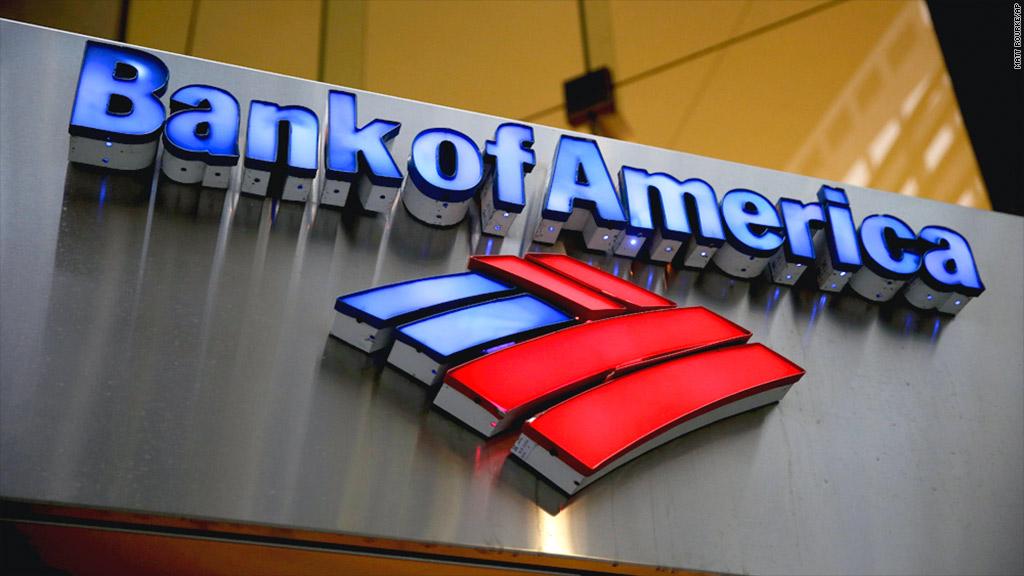
Bank of America Corporation (BAC) is scheduled to report its third-quarter results on October 17. Big banks' Earnings reports are being closely monitored to see how they navigated the extended period of high interest rates.
In this piece, I have discussed why waiting for an opportune entry point in BAC could be wise.
The bank earnings season has kicked off with major banks like JPMorgan Chase & Co. (JPM) and Wells Fargo & Company (WFC) releasing their third-quarter results. Despite the headwinds of high-interest rates and slowing loan demand, these banks managed to post higher profits.
For the third quarter, BAC’s EPS is expected to rise 0.9% year-over-year to $0.82. Similarly, its revenue is expected to increase 2.3% year-over-year to $25.07 billion. The company has a solid earnings history, having beaten the consensus estimate in each of the trailing four quarters.
The company’s EPS is expected to improve in the third quarter due to higher net interest income (NII), improved operating leverage in the consumer banking sector, and a reduction in outstanding shares. However, deal-making is not out of the doldrums yet, so the bank’s wealth management segment’s revenues will likely affect its overall profitability.
Moreover, higher provisions for credit losses are expected to pressure profitability. Jefferies analyst Ken Usdin retained a Hold rating for BAC stock but has lowered his price target on the stock to $28 from $31.
Over the past six months, the stock has gained 1.3% but declined 12.7% year-to-date to close the last trading session at $28.92.
Here’s what you might want to consider ahead of the bank’s upcoming earnings release:
Robust Financials
For the second quarter ended June 30, 2023, BAC’s total revenue, net of interest expense, increased 11.1% year-over-year to $25.20 billion. Its net income applicable to common stockholders rose 19.7% year-over-year to $7.10 billion.
Additionally, its EPS came in at $0.88, representing an increase of 20.5% year-over-year. Also, its net interest income rose 13.8% over the prior-year quarter to $14.16 billion. In addition, its CET1 ratio came in at 11.6%, compared to 10.5% in the year-ago quarter.
Mixed Analyst Estimates
Analysts expect BAC’s EPS and revenue for fiscal 2023 are expected to increase 6% and 6.1% year-over-year to $3.38 and $100.76 billion, respectively. On the other hand, its EPS and revenue for fiscal 2024 are expected to decline 3.7% and 0.4% year-over-year to $3.26 and $100.35 billion, respectively.
Mixed Profitability
In terms of the trailing-12-month net income margin, BAC’s 30.88% is 19.7% higher than the 25.81% industry average. On the other hand, BAC’s 0.95% trailing-12-month Return on Total Assets is 17.1% lower than the 1.15% industry average.
Discounted Valuation
In terms of forward non-GAAP P/E, BAC’s 7.91x is 9.8% lower than the 8.77x industry average. Its 0.81x forward Price/Book is 15.8% lower than the 0.96x industry average. Likewise, its 2.11x forward Price/Sales is 2.9% lower than the 2.17x industry average.
POWR Ratings Reflect Uncertainty
BAC has an overall rating of C, equating to a Neutral in our POWR Ratings system. The POWR Ratings are calculated by considering 118 different factors, each weighted to an optimal degree.
Our proprietary rating system also evaluates each stock based on eight distinct categories. BAC has a C grade for Quality, consistent with its mixed profitability. Its 1.39 beta justifies its C grade for Stability.
It has a C grade for Sentiment, in sync with its mixed analyst estimates.
BAC is ranked first out of 10 stocks in the Money Center Banks industry. Click here to access BAC’s Growth, Value, and Momentum ratings.
Bottom Line
The highest benchmark interest rates in 22 years are expected to have boosted BAC’s net interest income. However, a slowdown in lending is expected during the third quarter due to the high interest rates. Moreover, its unrealized losses arising from its securities portfolio are expected to widen further due to the rising treasury yields.
Therefore, given its mixed analyst estimates and profitability, it could be prudent to wait for a better entry point in the stock.
How Does Bank of America Corporation (BAC) Stack Up Against Its Peers?
BAC has an overall POWR Rating of C, equating to a Neutral rating. You may check out these B-rated stocks within the Foreign Banks industry: Banco Macro S.A. (BMA), KB Financial Group Inc. (KB), and Akbank T.A.S. (AKBTY). For exploring more Buy-rated Foreign Banks stocks, click here.
What To Do Next?
Get your hands on this special report with 3 low priced companies with tremendous upside potential even in today’s volatile markets:
3 Stocks to DOUBLE This Year >
BAC shares were trading at $26.92 per share on Monday afternoon, up $0.16 (+0.60%). Year-to-date, BAC has declined -16.85%, versus a 15.24% rise in the benchmark S&P 500 index during the same period.
About the Author: Dipanjan Banchur

Since he was in grade school, Dipanjan was interested in the stock market. This led to him obtaining a master’s degree in Finance and Accounting. Currently, as an investment analyst and financial journalist, Dipanjan has a strong interest in reading and analyzing emerging trends in financial markets.
Bank of America (BAC) Earnings Under the Microscope: A Buy or Sell Opportunity? StockNews.com






